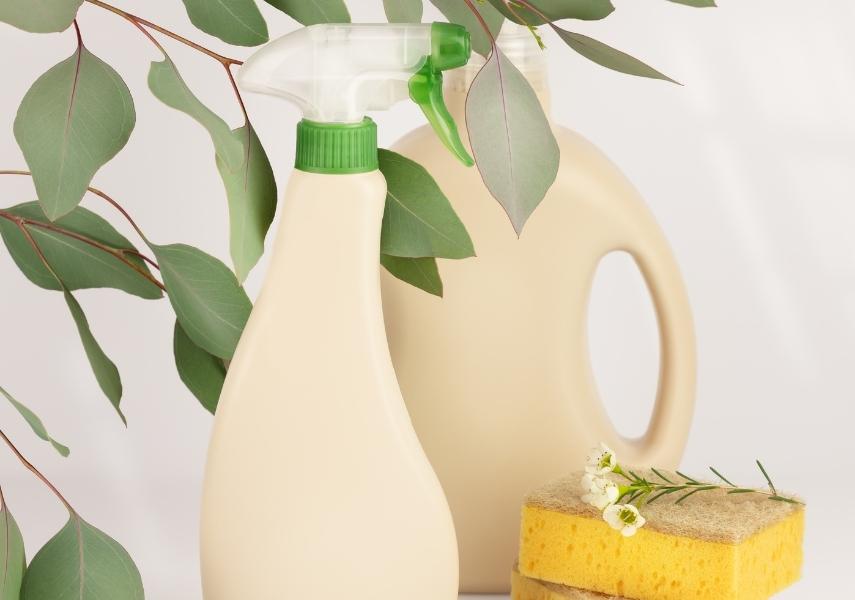Clean Cooking Appliances Using Eco-Friendly Products

Areas where food is prepared or stored had more bacteria and fecal contamination than other places in the home, according to a recent research by the National Sanitation Foundation. In the study, about 80% of kitchen sponges, cutting boards, stoves and coffee makers had Salmonella, and E.coli compared to 10% of bathroom handles.
To avoid the wrath of such disease-causing organisms, it’s important to find a perfect all-round cleaner for your kitchen. Natural eco-cleaners or alternatively white vinegar which contains acetic acid, provide the perfect solution for cleaning, and if used correctly, will leave all your cooking appliances spotless.
Cleaning your microwave and oven
High end appliances for your kitchen are an integral part of both its appearance and functionality but it’s essential that you maintain them properly to ensure they sparkle. Grease can typically build up in your microwave, and this could affect its performance and potentially compromise your family’s health. To clean it, place a measuring glass containing a cup of water and a quarter cup of your cleaning solution inside. Switch it on and let it run for 3 minutes before removing the solution and wiping the entire interior with a damp sponge. Similarly, your oven’s vents are best cleaned by wiping with a sponge dipped in concentrated cleaner. Alternatively, you can remove the vents and soak them in 1 cup of vinegar mixed with 3 cups of water for 30 minutes. All that remains is to wipe them with a sponge dipped in a 1:1 mixture of cleaning fluid and water. Remember to service the vents of your oven at least twice a year.
Cleaning odours out of processors and blenders
Pour half a cup of solution into the bowl or jug and add a quarter teaspoon of regular dishwashing detergent. Subsequently, add warm water into the jar until nearly full and let it rest for about 2 hours. This works by absorbing the lousy smell from the walls of the bowl, leaving it fresh and odourless. To finish off the process, pour out the solution and wash your bowl as usual before giving it a sniffing test. If you can still smell some odour left, repeat the process but this time, let it rest for about 10 hours before rinsing.
Coffeemakers, tea kettles, and teapots
The buildup of greasy residue in your coffeemaker may affect the taste and flavour of your coffee, thereby reducing its quality. To get rid of this filth, run 1 brewing cycle of cold water mixed with a quarter cup of Nu Eco. After it completes, initiate another cycle of pure, clean water and repeat as necessary. Similarly, you can remove mineral deposits from your kettle by boiling a half cup of vinegar with water for 15 minutes before rinsing thoroughly. For teapots, boil 1:1 mixture of vinegar and water for 10 minutes and let it rest for 1 hour before cleaning.
There are various readily-available products to clean your kitchen appliances, which is an important step in killing common germs including Salmonella and ensuring that your household is a healthy and safe place to live.
